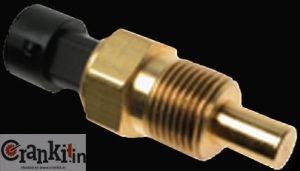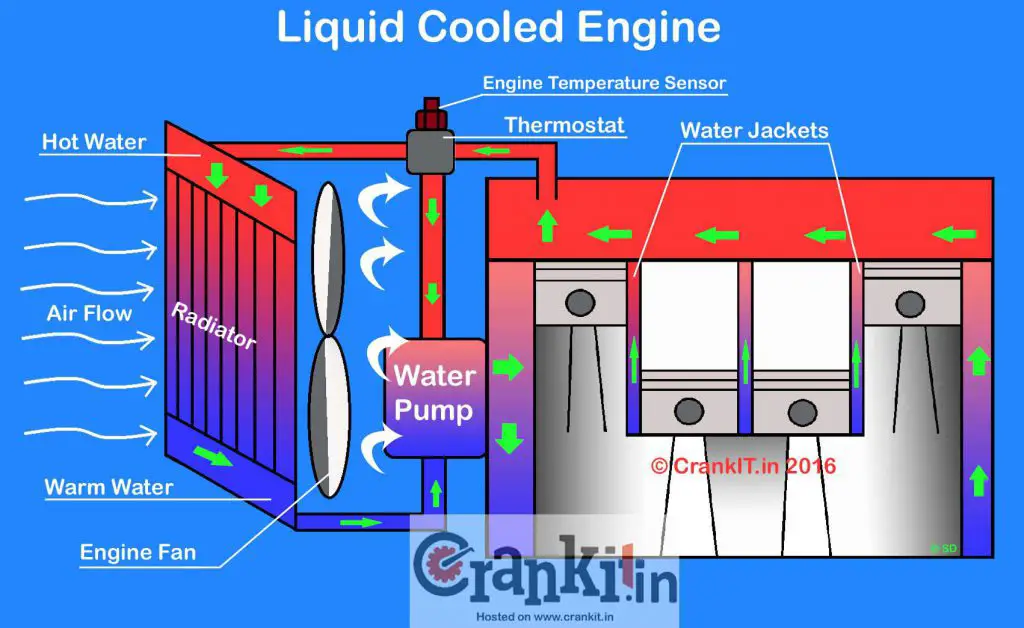What is an Engine Temperature Sensor?
The Engine Temperature Sensor accurately measures the engine coolant temperature. Thereby, it gives an indication of the temperature of the engine.

How does an Engine Temperature Sensor work?
The engine temperature sensor is a type of sensor that changes its resistance with temperature. Many critical engine functions such as selection of air-fuel ratio, fuel injection timing, ignition timing etc. depend on the engine’s temperature. This is because a cold engine requires a rich air-fuel mixture; whereas the engine running at optimum operating temperature requires a lean mixture.
The engine temperature sensor informs the engine’s ECU about the current & ongoing variations in the engine temperature. ECU, in turn, adjusts and regulates the fuel quantity & ignition timing. The data from the engine temperature sensor provides readings for engine temperature gauge on the dashboard. Based on this data, the ECU also controls the additional functions such as switching on / off the engine cooling fan.
Where is the Coolant Temperature sensor located?
Engine Coolant Temperature sensor is primarily located in the coolant passage of the liquid cooled engine; typically near the thermostat valve.

The engine temperature sensor connects either to the temperature gauge or to the temperature indicator in the dashboard. In modern cars, you will notice that there is no separate engine temperature gauge. Instead, there is a tiny ‘light’ symbolizing the engine temperature; which is integrated with rpm-meter.

Upon turning the ignition ‘ON’, the letter ‘C’ also lights along with the temperature symbol; indicating that the engine is cold. It should automatically disappear; once the engine warms up to its optimum temperature (usually within 2/3 Kilometers of the drive).
What are the common causes of failure?
In most cases, the engine temperature sensor fails due to corrosion. This is because of its exposure to engine coolant. It may also fail if the coolant leaks through its wiring connector.
What to do if the engine temperature sensor fails?
If you see that the engine temperature symbol ‘C’ is lit continuously and does not disappear after some time; it indicates that there is some problem in the engine’s cooling system. Also, if the engine temperature goes above the prescribed levels (usually above 100o C), another symbol – a High-Temperature indicator light ‘H’ lights up in red color; indicating that the engine is over-heating.

Furthermore, it is not safe to drive a car with the indicator light ‘H’ on. As it may cause further damage and/or seize the engine. Stop the car and look for any coolant (usually green colored) leakage. If there is a noticeable leakage, do not drive the car in that condition. Instead, tow it to the nearest service station for repair.
Read More: What is a water cooled engine?>>
